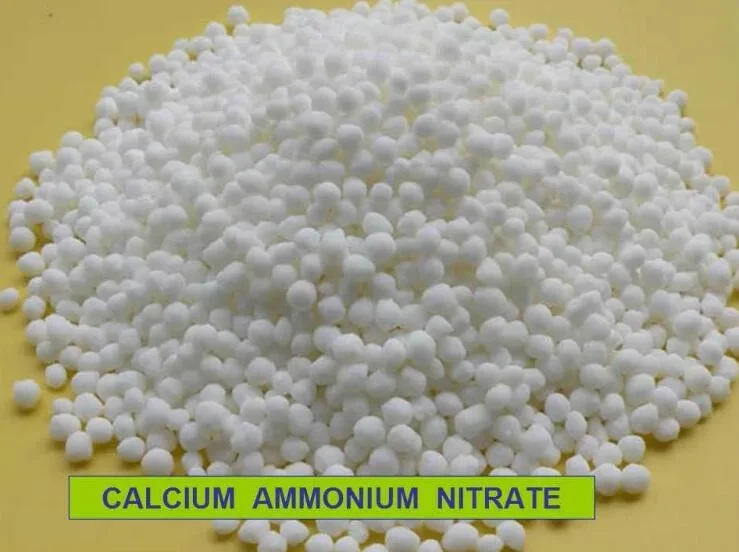



0.1 sodium hydroxide
Understanding 0.1% Sodium Hydroxide Applications, Safety, and Preparation
Sodium hydroxide, commonly known as lye or caustic soda, is a highly versatile chemical compound with the formula NaOH. It is widely used in various industrial and laboratory applications. This article focuses specifically on a diluted solution of sodium hydroxide at 0.1%, exploring its properties, applications, safety precautions, and preparation methods.
Properties of 0.1% Sodium Hydroxide
A 0.1% sodium hydroxide solution consists of 0.1 grams of NaOH dissolved in 1000 milliliters of water. Due to the low concentration, this solution is less caustic than stronger concentrations but still retains many of the unique properties of sodium hydroxide. It is a colorless, odorless liquid that is highly alkaline. The pH of a 0.1% sodium hydroxide solution typically ranges from 12-13, making it significantly basic. This property allows it to neutralize acids and react with various organic compounds.
Applications in Various Fields
1. Laboratory Use In laboratories, a 0.1% sodium hydroxide solution is often employed as a reagent in titrations to determine the concentration of acids in solutions. It is used in pH adjustments and as a standard solution in various analytical methods. The precise neutrality it offers makes it an essential tool in chemical research.
2. Cleaning Agents The alkaline nature of sodium hydroxide makes it effective as a cleaning agent. A 0.1% solution can be utilized in cleaning delicate laboratory equipment, ensuring that glassware is free of acidic residues that can impede further experiments.
3. Biochemical Applications Sodium hydroxide is used in the preparation of various biochemical solutions. In molecular biology, for instance, it can be employed to deactivate enzymes during nucleic acid isolation processes. Its ability to adjust pH is critical when working with sensitive biological samples.
4. Food Industry Although higher concentrations of sodium hydroxide are typically used for food processing, a diluted solution like 0.1% can be used in food safety testing and preparation. It can help neutralize acidic environments in food testing labs.
Safety Precautions
0.1 sodium hydroxide

Even at a 0.1% concentration, sodium hydroxide poses potential safety hazards. While it is less corrosive than more concentrated solutions, it can still cause irritation to the skin and eyes. It is essential to wear appropriate personal protective equipment (PPE) such as gloves, goggles, and lab coats when handling this solution. In case of contact with skin or eyes, it is crucial to rinse the affected area with plenty of water and seek medical assistance if irritation persists.
Furthermore, sodium hydroxide should be stored in a securely closed container to prevent accidental spills and exposure. It should be kept away from incompatible substances, such as strong acids, which can lead to dangerous reactions.
Preparation of 0.1% Sodium Hydroxide Solution
Preparing a 0.1% sodium hydroxide solution is straightforward and requires careful measurement to ensure accuracy. Here is a simple step-by-step guide
1. Materials Needed - Sodium hydroxide (solid) - Distilled water - Analytical balance - Volumetric flask (1 L) - Stirring rod or magnetic stirrer
2. Procedure - Measure 0.1 grams of sodium hydroxide using an analytical balance. - Add this sodium hydroxide to a volumetric flask. - Fill the flask with distilled water up to the 1-liter mark. - Stir the solution thoroughly to ensure complete dissolution.
3. Label the Solution Clearly label the container with the contents and concentration to avoid confusion in the future.
Conclusion
A 0.1% sodium hydroxide solution serves numerous functions across various industries, from laboratory analyses to food safety testing. Understanding its properties, applications, and safety considerations is essential for anyone working with this compound. Proper preparation and handling ensure that the benefits of sodium hydroxide can be harnessed safely and effectively. As with all chemicals, a cautious approach will lead to successful and safe application in numerous fields.
-
Why Sodium Persulfate Is Everywhere NowNewsJul.07,2025
-
Why Polyacrylamide Is in High DemandNewsJul.07,2025
-
Understanding Paint Chemicals and Their ApplicationsNewsJul.07,2025
-
Smart Use Of Mining ChemicalsNewsJul.07,2025
-
Practical Uses of Potassium MonopersulfateNewsJul.07,2025
-
Agrochemicals In Real FarmingNewsJul.07,2025
-
Sodium Chlorite Hot UsesNewsJul.01,2025










